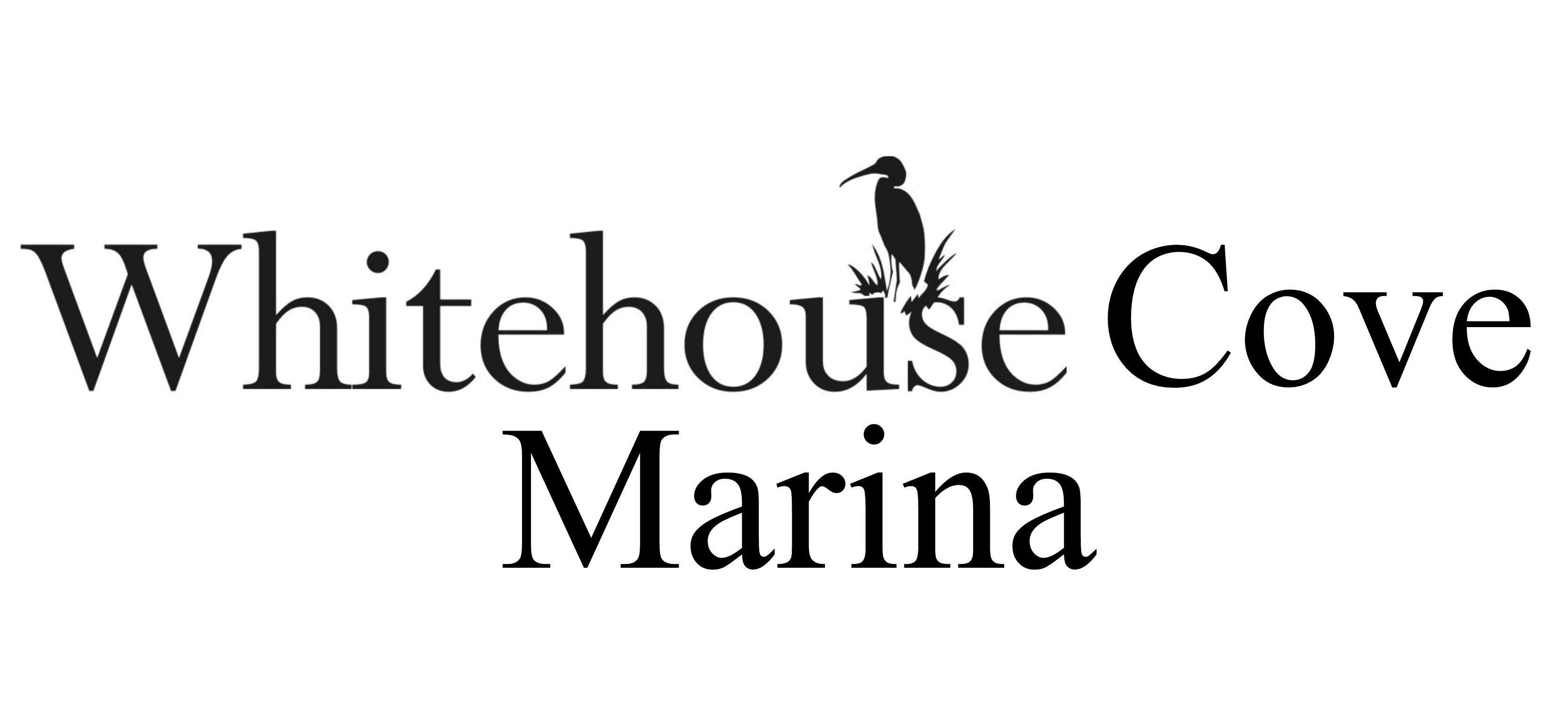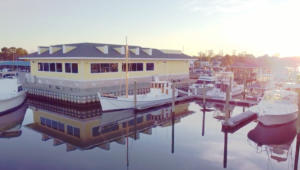This quick guide will provide a few tips for safer boating in the area to help you plan your next boating trip on the Chesapeake Bay. With these safety measures in place, you can rest assured that you’ll have an amazing time out on the water.
Are you ready to reserve a boat slip on the Chesapeake Bay? Contact Whitehouse Cove Marina in Poquoson, VA about boat slip availability. Call 757-231-1006 or request a reservation online here.
Prepare yourself for boating
The Chesapeake Bay offers a wealth of beauty and enjoyment for boaters, but with its unpredictable weather conditions and varied marine life, it’s important to stay vigilant. Before embarking on your next boating adventure, make sure that you’re aware of the potential risks and dangers associated with the Bay. Preparing adequately before heading out on the water is one of the best ways to ensure that you’re ready for any unexpected circumstances.
Boaters of all levels and experience need to be aware of the potential risks associated with boating on the Chesapeake Bay in order to ensure that their excursions go as smoothly and safely as possible. This blog post will provide readers with a few essential tips for staying safe while out on the water, as well as information about local regulations to help them plan their next boating adventure.
From proper equipment preparation to having a working knowledge of the area, this quick guide will ensure that you’re prepared for any unexpected circumstances on your trip. Armed with these safety measures, you can have an enjoyable and peaceful time out on the water. So let’s get started!
Weather conditions on the Chesapeake Bay
Weather conditions on the Chesapeake Bay can change quickly and unexpectedly, so it’s important to pay close attention to any weather warnings before heading out. High winds, storms, and other inclement weather can make boating difficult or even dangerous if you’re not prepared. To stay safe while out on the water, make sure to check the weather forecast prior to your trip and be prepared for any sudden changes.
It’s also a good idea to equip your boat with necessary supplies such as life jackets and air horns in case of emergency. Additionally, if you find yourself in bad weather, it’s best to return to shore immediately and wait until conditions improve before resuming your boating trip. By understanding the risks associated with different weather conditions and being prepared for them, you can ensure that your time on the Chesapeake Bay is both safe and enjoyable.
Navigating channels and buoys
When boating in the Chesapeake Bay, it’s important to stay within designated channels and follow the marker buoys. There are a variety of different buoy markers that provide information about navigation, water depth, and other safety information. Being familiar with these markers is essential for staying safe while out on the water.
To understand the different types of buoys, familiarize yourself with the International Association of Lighthouse Authorities color code. This code helps boaters identify and interpret buoy markers more easily. The most important marker to keep in mind is the green can buoy which indicates navigable channels and should be followed at all times when traveling on the waters of the Chesapeake Bay. By following the buoys and staying within designated channels, you can avoid any risks or dangers associated with navigating these waters.
Safety equipment for boating
Safety equipment is essential to a safe and enjoyable boating experience on the Chesapeake Bay. Every boat should be equipped with life jackets for all passengers, flares for distress signals, and a fire extinguisher in case of an onboard fire. Having these items on board can help you respond quickly in emergency situations and ensure that your time out on the water is as safe as possible.
When packing for your boating trip, we recommend bringing at least one U.S. Coast Guard approved life jacket per passenger, two audible signals such as flares or an air horn, and a fire extinguisher with a B-I rating or higher. Additionally, it’s important to remember that all passengers must wear a life jacket while on board during any type of boating activity.
Here is a detailed list of a few safety equipment pieces to have on board while boating on the Chesapeake Bay:
– U.S. Coast Guard approved life jackets (at least one per passenger)
– Two audible signals such as flares or an air horn
– Fire extinguisher with a B-I rating or higher
– Compass
– First aid kit
– Emergency radio and spare batteries
– Spare Parts
– Emergency repair kit
– Anchors
– Visual distress signals such as flags, mirrors, and strobe lights
– Whistle or bell to alert other boaters of your presence
– Boating rules and regulations manual
– Throwable flotation device (such as a life ring) in case of emergency
– Navigation charts and maps of the area you plan to visit
– Flashlights with spare batteries
– Sunscreen and bug spray
– Extra food and water
These items should give boaters a good starting point for stocking their boat with the necessary safety equipment before heading out on the waters of the Chesapeake Bay. Be sure to check your local laws and regulations before setting out, as requirements may vary between states.
Tips on boating navigation tools
Navigation tools such as charts, GPS, and radios are essential for a safe boating experience on the Chesapeake Bay. Not only do they help you stay on course, but they also provide important information about the waters around you such as water depths and any potential hazards. Having access to this type of data can help you make informed decisions about your route and ensure that you’re staying safe during your time out on the water.
When using navigation tools, it’s important to always be aware of your surroundings. Start by familiarizing yourself with the navigational charts for the area you plan to explore and noting any potential hazards or areas that should be avoided. Additionally, use a GPS device to help you stay on course and be aware of the nearby buoys. Finally, make sure your boat is equipped with a working VHF radio in case of emergency. By taking the time to familiarize yourself with navigation tools and using them to their full potential, you can ensure that your boating experience on the Chesapeake Bay is a safe one.
Other boat safety considerations
In addition to the tips and recommendations mentioned above, there are a few other important safety considerations that should be kept in mind when boating on the Chesapeake Bay. It’s important to remember to never operate a boat while under the influence of alcohol or drugs as this can impair your judgment and increase the risk of an accident. Also, be sure to keep a proper lookout for other vessels and obstacles in the water, such as buoys, rocks, or sandbars.
Boating safety: wrapping up
Safe boating is essential when navigating the Chesapeake Bay. By following the tips and recommendations outlined above, you can make sure that your time out on the water is both enjoyable and safe. Stock your boat with the necessary safety equipment, familiarize yourself with navigation tools such as charts and GPS devices, and avoid operating a boat while under the influence of alcohol or drugs.
By prioritizing safety, you can make the most of your boating experience on the Chesapeake Bay and ensure a safe return home. So grab your life jackets, check your charts, and embark on an unforgettable adventure out on the water!
Happy Boating
Lease a Boat Slip on the Chesapeake Bay!
Whitehouse Cove Marina is a safe and secure marina to lease a boat slip. Call 757-231-1006 or request a reservation online here.

